How does an airline burn less fuel, and make their aircraft look cooler in the process? The answer is simple: Winglets. Actually, in this case, sharklets. In late 2012, Airbus finally delivered their first A320 with blended winglets to AirAsia, which they have affectionately named a sharklet. Sharklets promise a reduced fuel burn of up to 3.5 percent, which leads to less CO2 emissions and greater profits air airlines.
New York based JetBlue is the first North American airline to sport sharklets, and is also the first airline worldwide to retrofit a production A320 with sharklets. The retrofit was completed by in-house technicians at the airlines John F. Kennedy Airport maintenance hanger. At an event Wednesday, JetBlue and Airbus were proud to show it off.
“I’m excited,” said Mark Powers, JetBlue Chief Financial Officer. “But I’m not excited that when the plane flies to San Francisco, its going to save us $568.75. No, no, I’m not excited about that. Nor am I excited about the fact that this airplane will save, conservatively, $350,000 a year. Nah, that doesn’t excite me either. And actually, once the whole fleet is retro fitted, were going to save $45 million a year, but that doesn’t excite me either. What really excites me, this airplane looks really cool. Winglets complete this aircraft.”
The first retrofit was completed quicker than expected, returning the aircraft to revenue service early. JetBlue plans to retrofit several A320s this year, but the entire fleet is not expected to be converted for several years. Older airframes will takes up to three weeks to be retrofitted, due to the wings requiring strengthening. Newer airframes will only require a few days to complete the process. All new A320 and A321 deliveries will include sharklets.
UPDATE: First Flight
Although no test flight was announced, N821JB did indeed take to the skies on Friday for a test flight. Here are some pictures at it departs JFK over my house.
 |
This story written by… Jason Rabinowitz, Correspondent.Jason is a New York City native who has grown up in the shadow of JFK International Airport. A true “avgeek”, he enjoys plane spotting and photography, as well taking any opportunity he can get to fly on an aircraft.@AirlineFyer | FaceBook | |
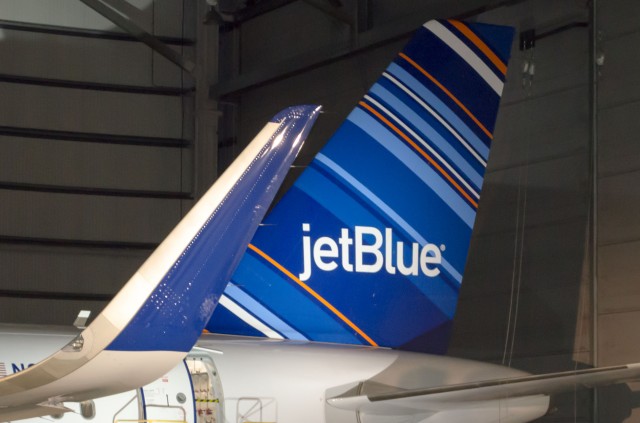
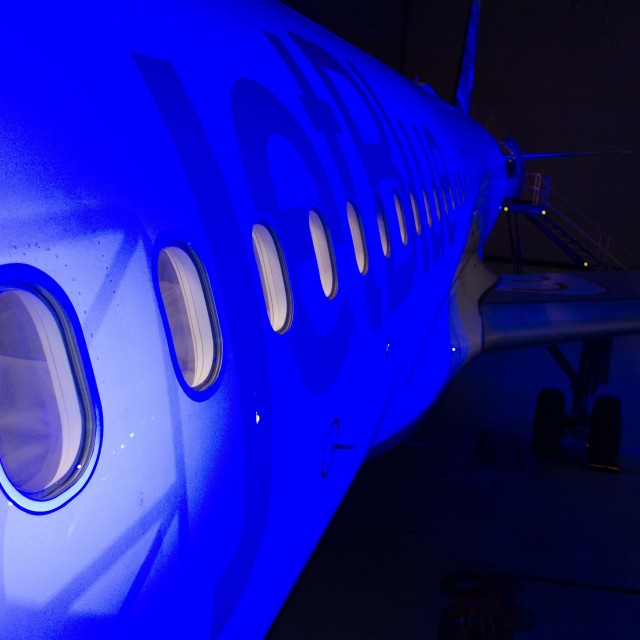
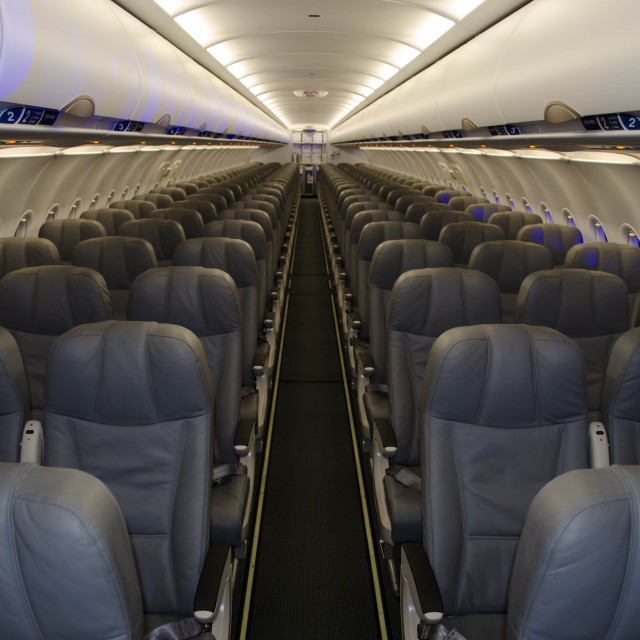
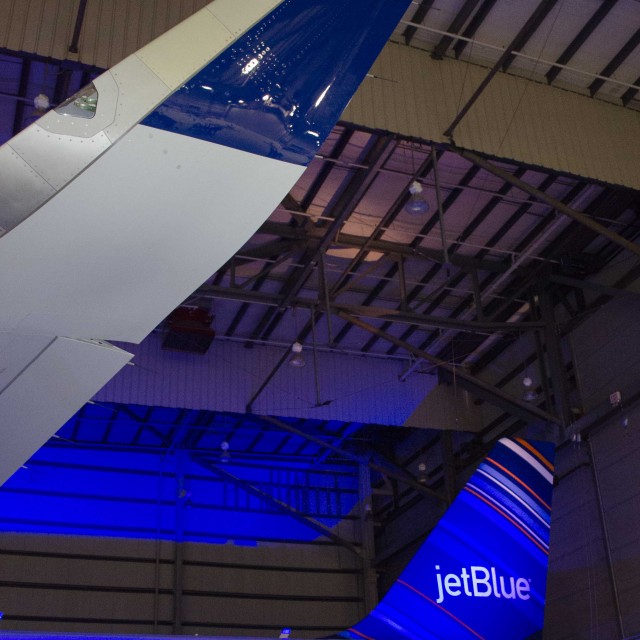
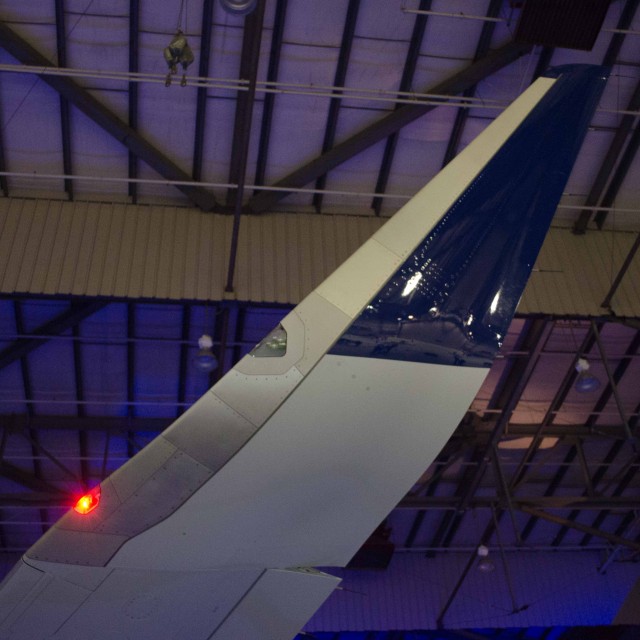
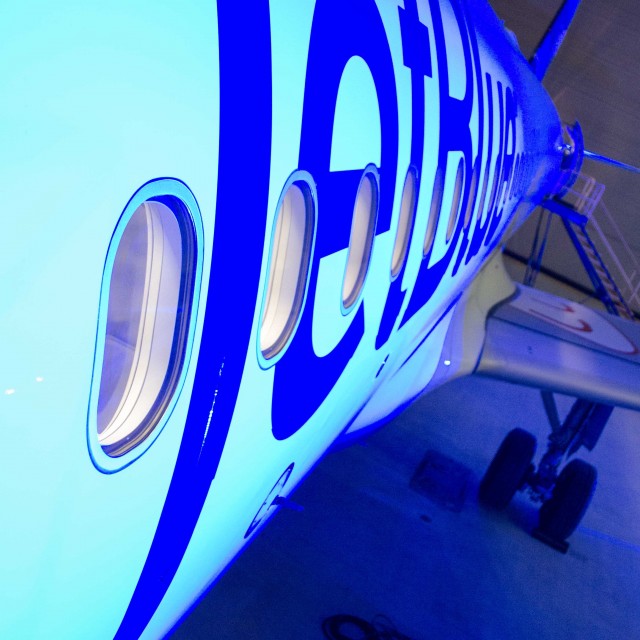
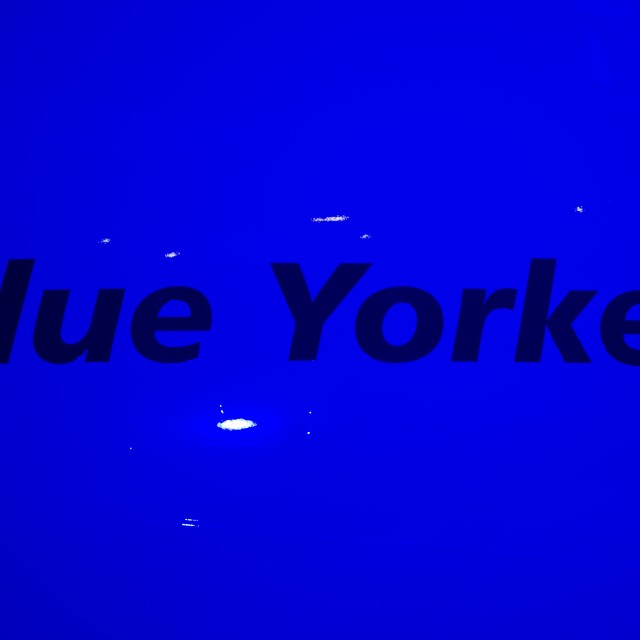
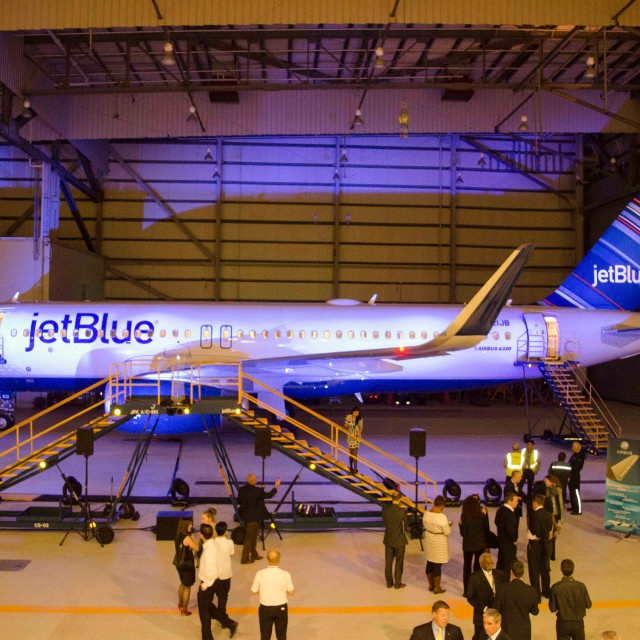
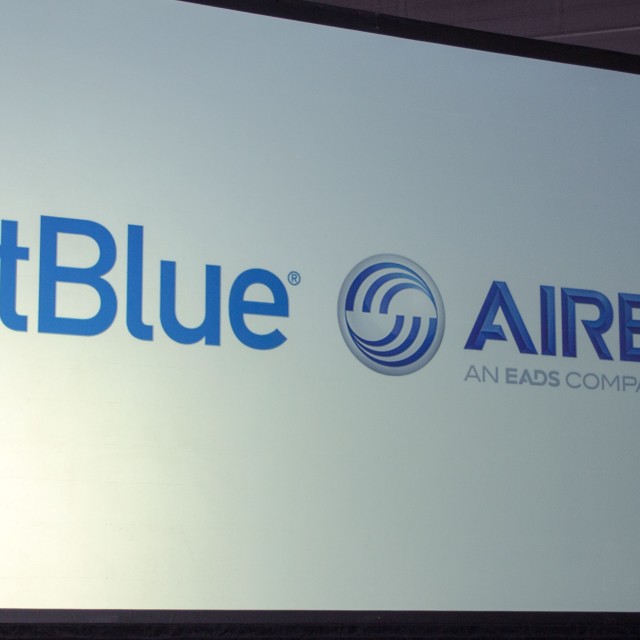
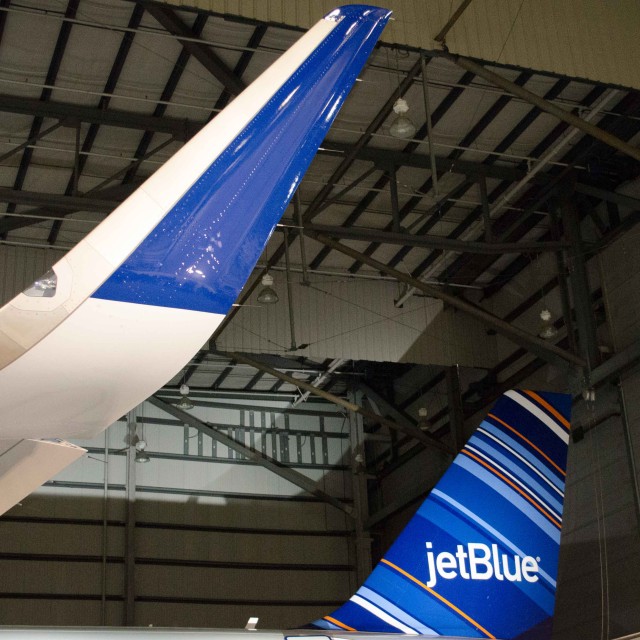
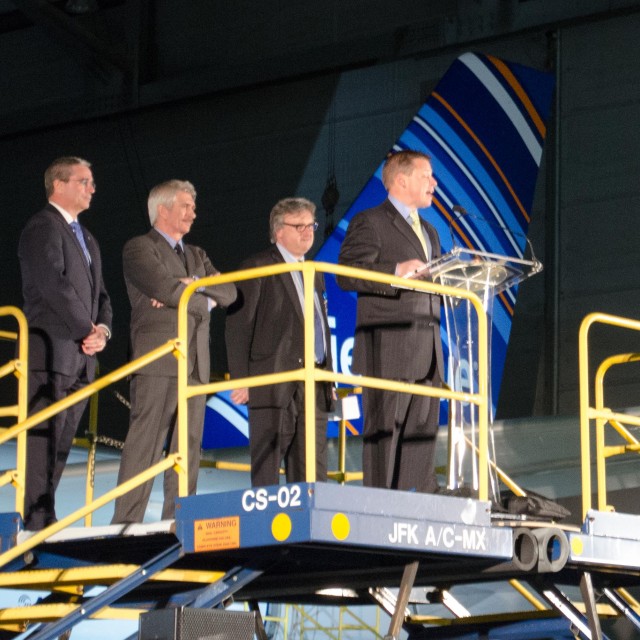
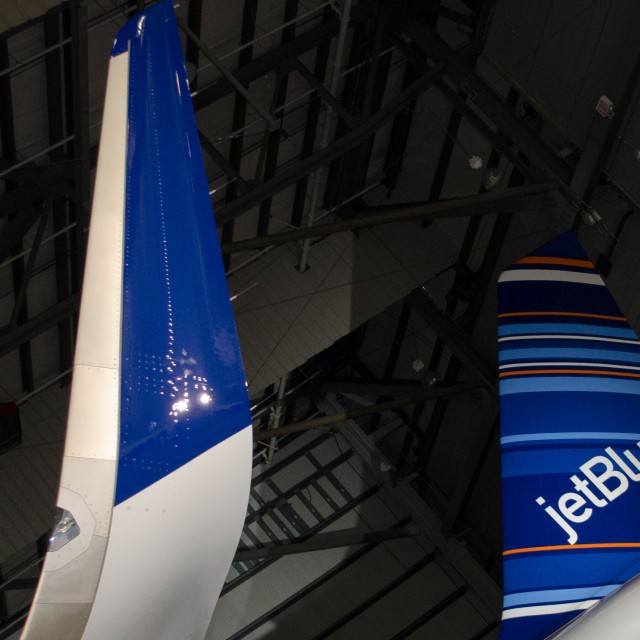
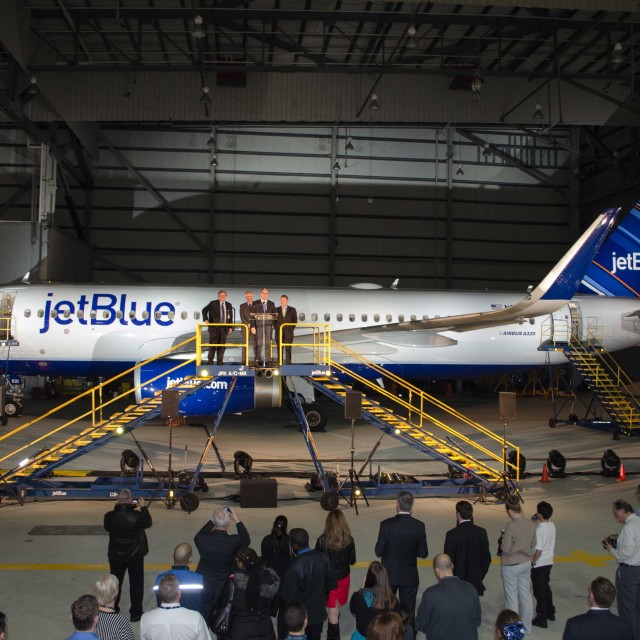
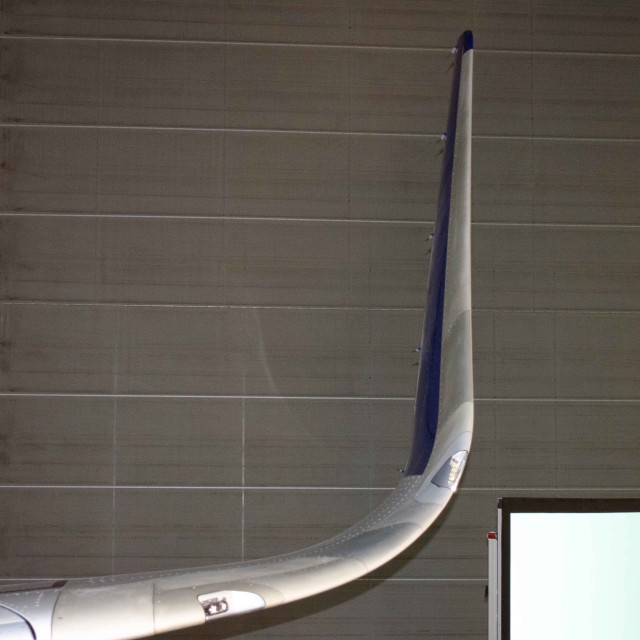
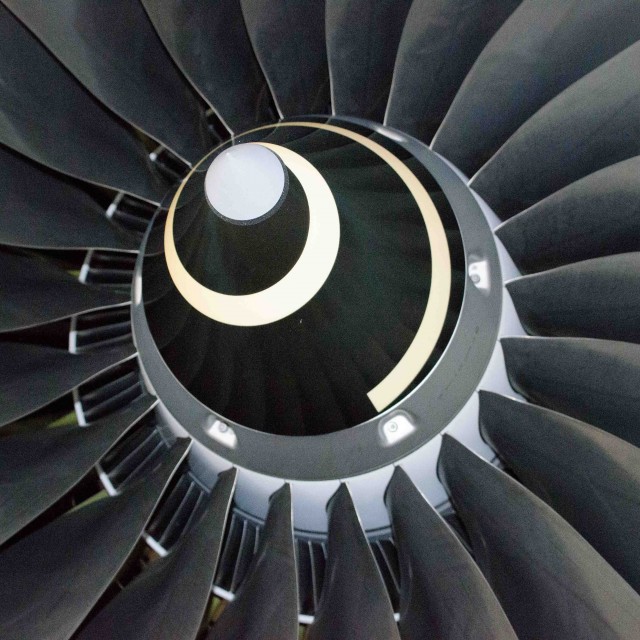
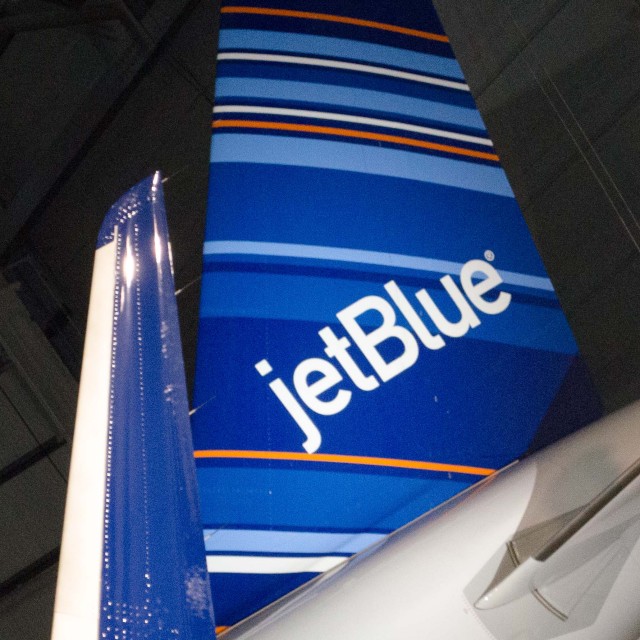
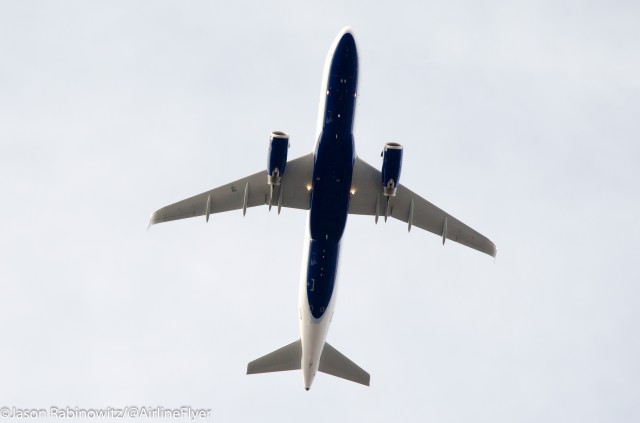
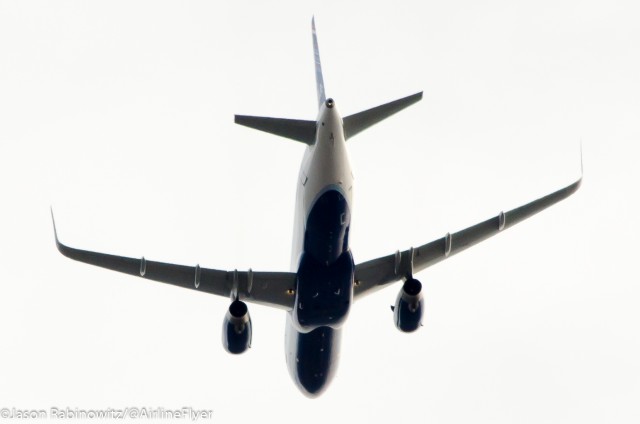
It would be awesome to see the winglets on a 737 and an A320 side by side. Individually they appear fairly similar.
A great post about those wingie things. Calling them ‘winglets’ might get you into trouble . That said, they do look great on JB’s A320 series airplanes and (duh?) painting them blue was a natural. (Far better than Southwest’s practice of painting their hubcaps.) I do hope it saves them some fuel. It may be a smart move on new A320 airplanes, but I doubt that a retrofit will ever generate a payback.
Who woulda thunk it? Once we got over the ‘Arab Fuel crisis of 73-74,’ prices were relatively stable for many years and even airplane designers paid only minimal attention for fuel economy. These days, every teaspoon counts and pilots are literally ordered to modify some procedures to save even small amounts. And that smelly stuff remains every airline’s largest expense, probably exceeding the cost of buying the expensive machines. Winglets (as licensed to Boeing) and/or Sharklets, as used by airbus and probably stolen from Boeing are but one more way to save a tiny bit more fuel. In the end, all of those tweaks matter and we’ll see more of them in the years to come. We should worry about fuel consumption, but we have every reason to be proud of the progress. If in doubt, compare the fuel used per seat-mile when Pan Am introduced the B707 into Trans-Atlantic service in 1959 or 1960 with the fuel used per seat mile of even the worst fuel hogs in today’s market! For example, the 757 and 767- classes are common in x-pond service. Most of them have 2x, 3x and even 3++x the seats of those wonderful 707s, a burn *far* less than half the fuel. Fuel economy is not yet perfect, but Boeing, Airbus and the several engine vendors have done a great job in getting us to where we are today. The B787 is the next step. The Dreamliner has experienced some bumps along the way, but she will survive and save even more fuel. If not, we cannot fly as often as we do. Viva la Boeing!
Actually a retrofit usually pay for itself in 7-8 years. That is why Southwest retrofitted so many of its older 737s with “winglets”.
Yes, the Boeing Partners “Winglets” look great on the JetBlue aircraft. To bad Airbus couldn’t come up with something original. Oh, they did. They called it a Sharklet.
Oh APB invented the winglet and now Airbus has the sharklett that supposedly is product theft from Boeing… so, what is the Scimitar that boeing has proposed for the NEO (oh MAX) 737 – but a modified Airbus winglet.
Actually, the new winglet design on the 737 MAX is much closer to the design that is found on the MD-11’s which is a BOEING PRODUCT (was McDonnell Douglas).